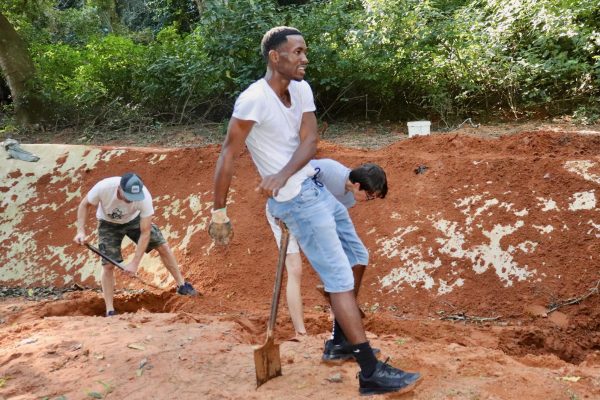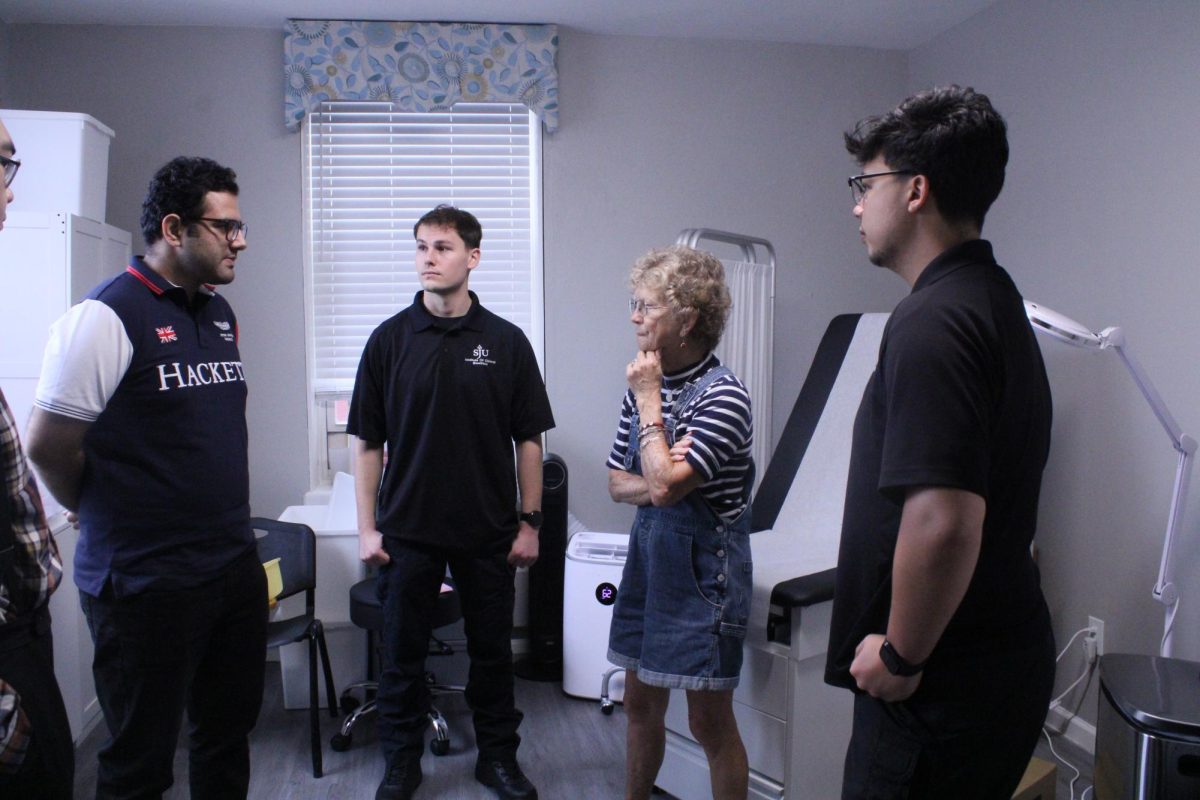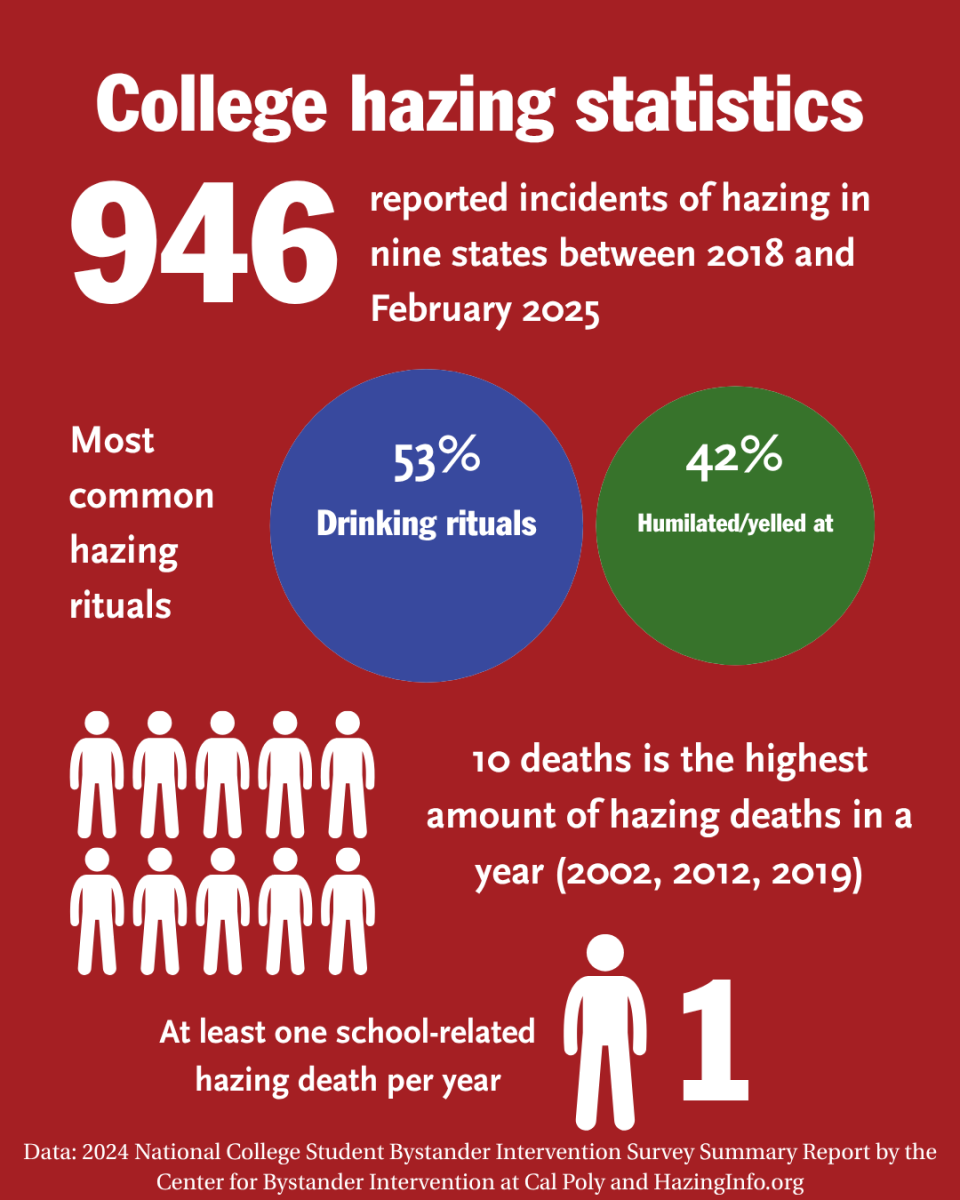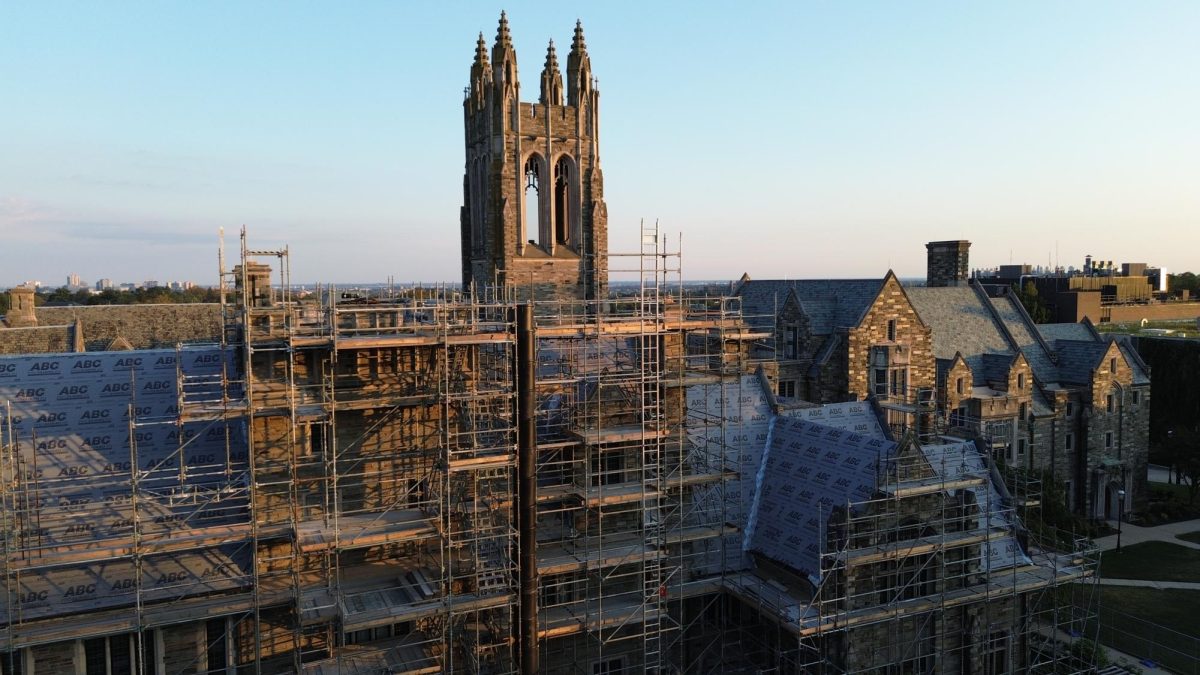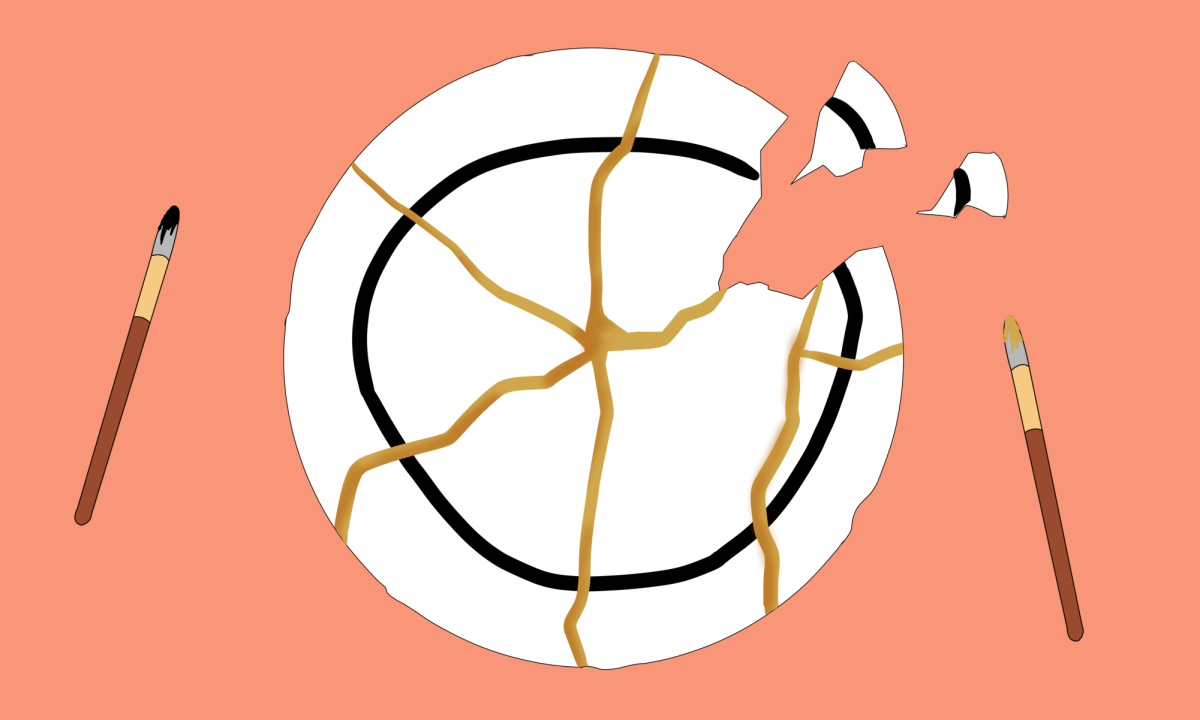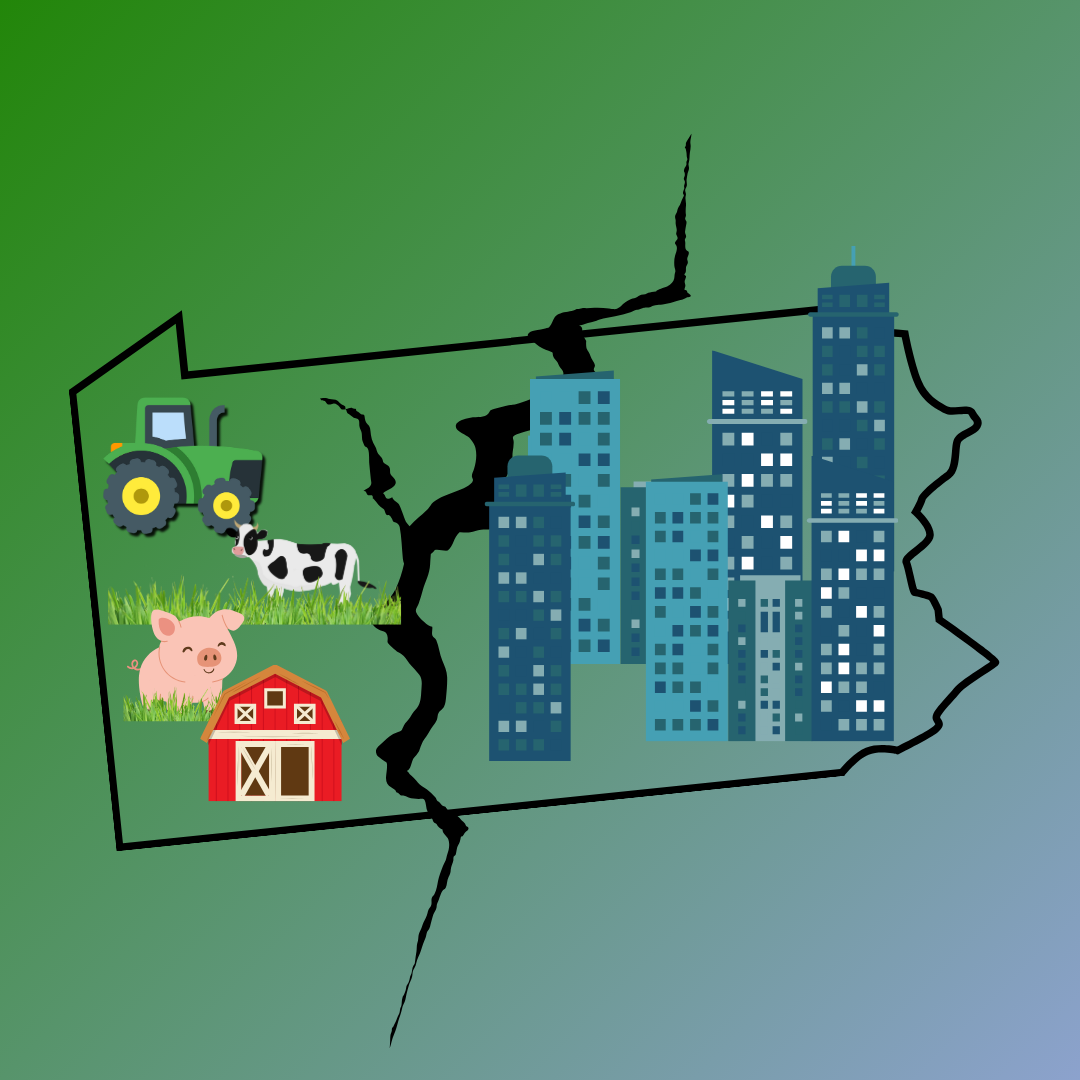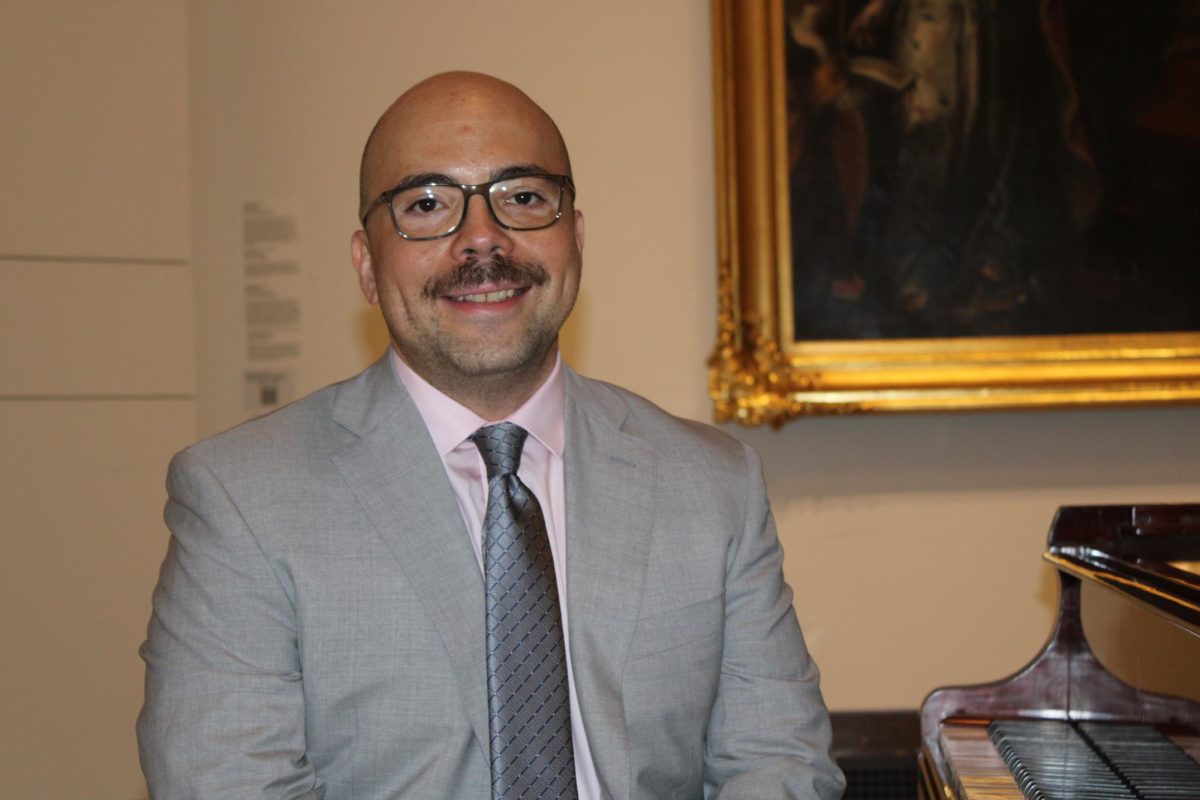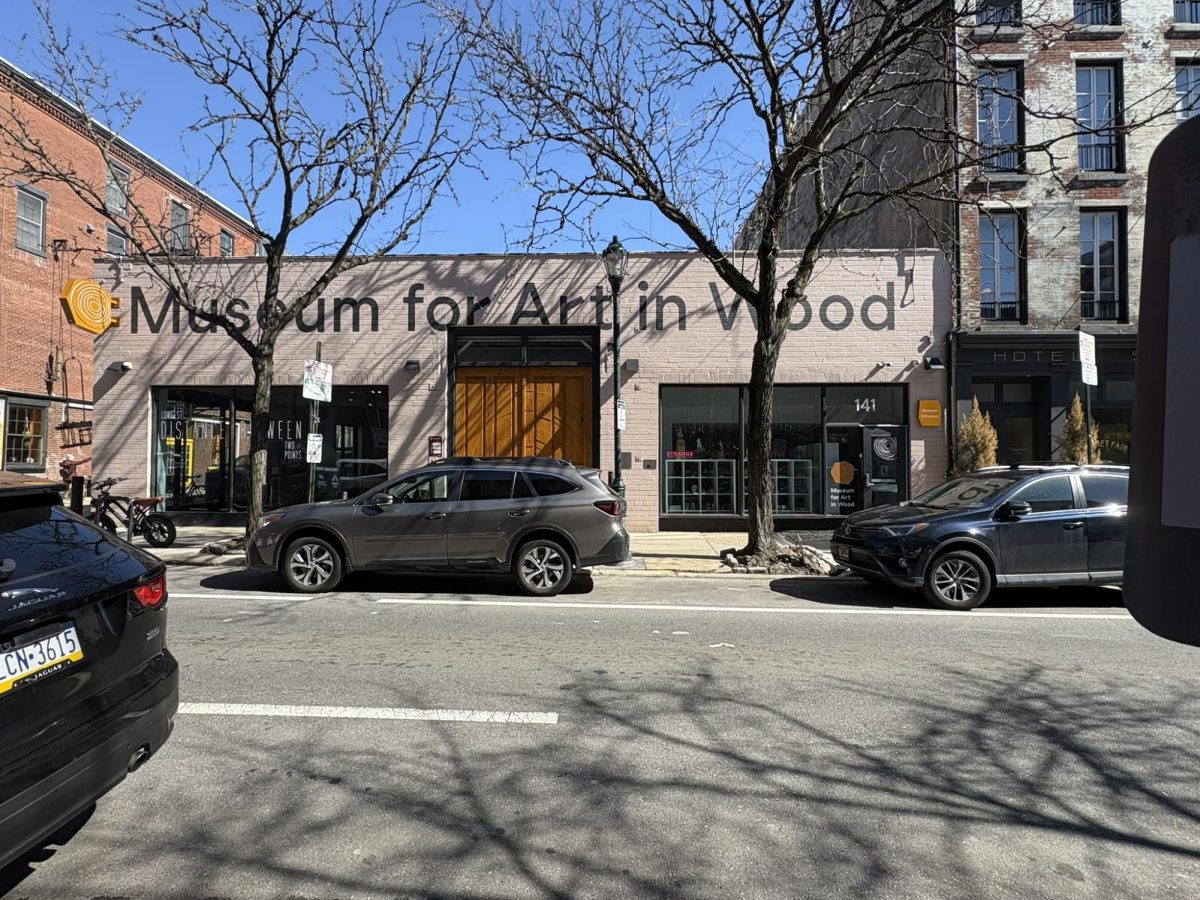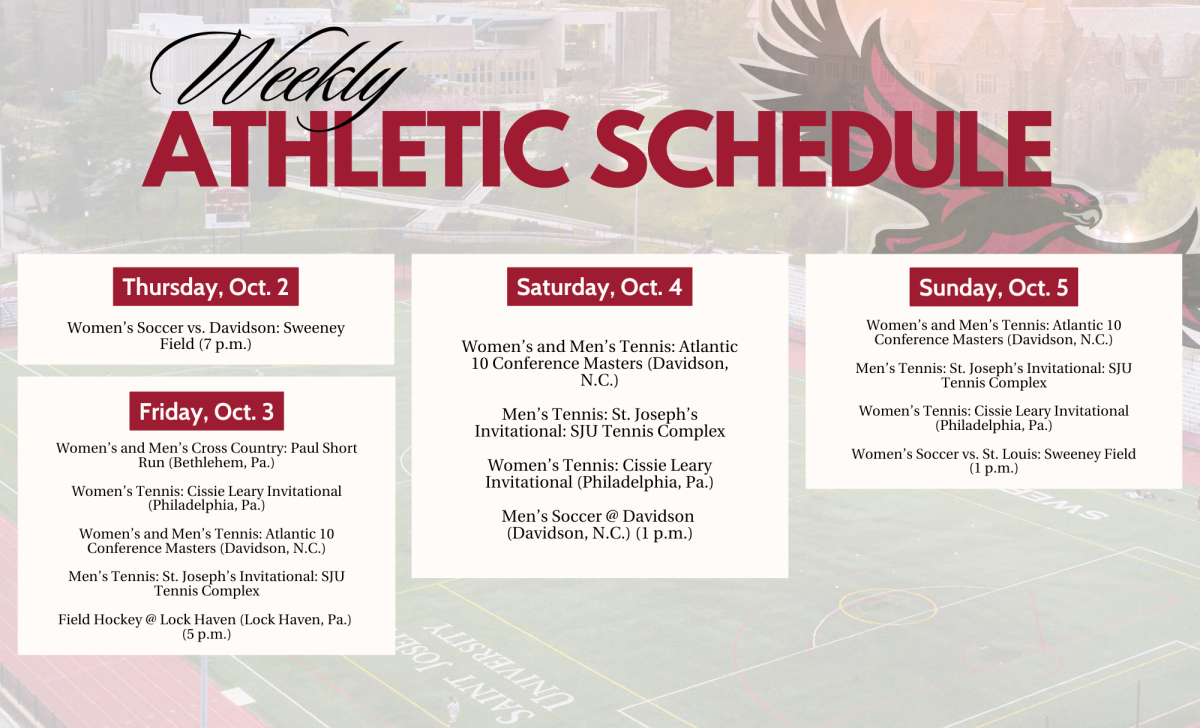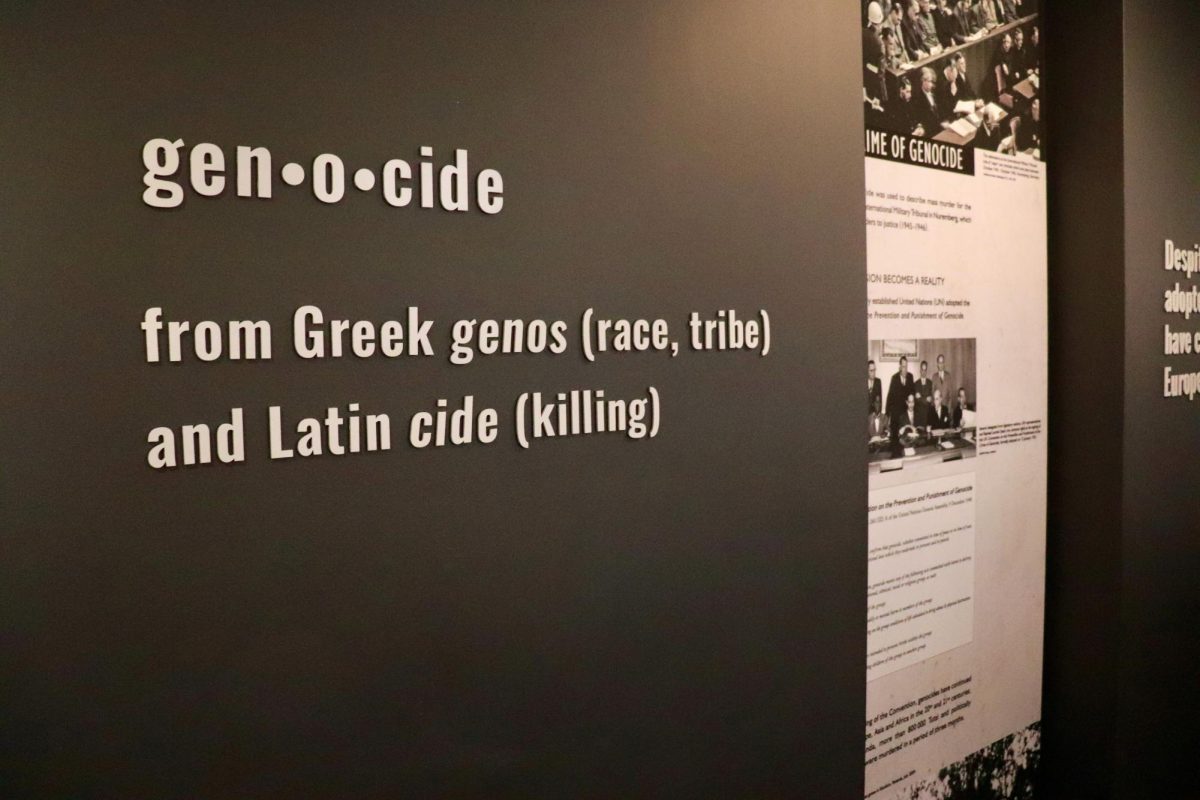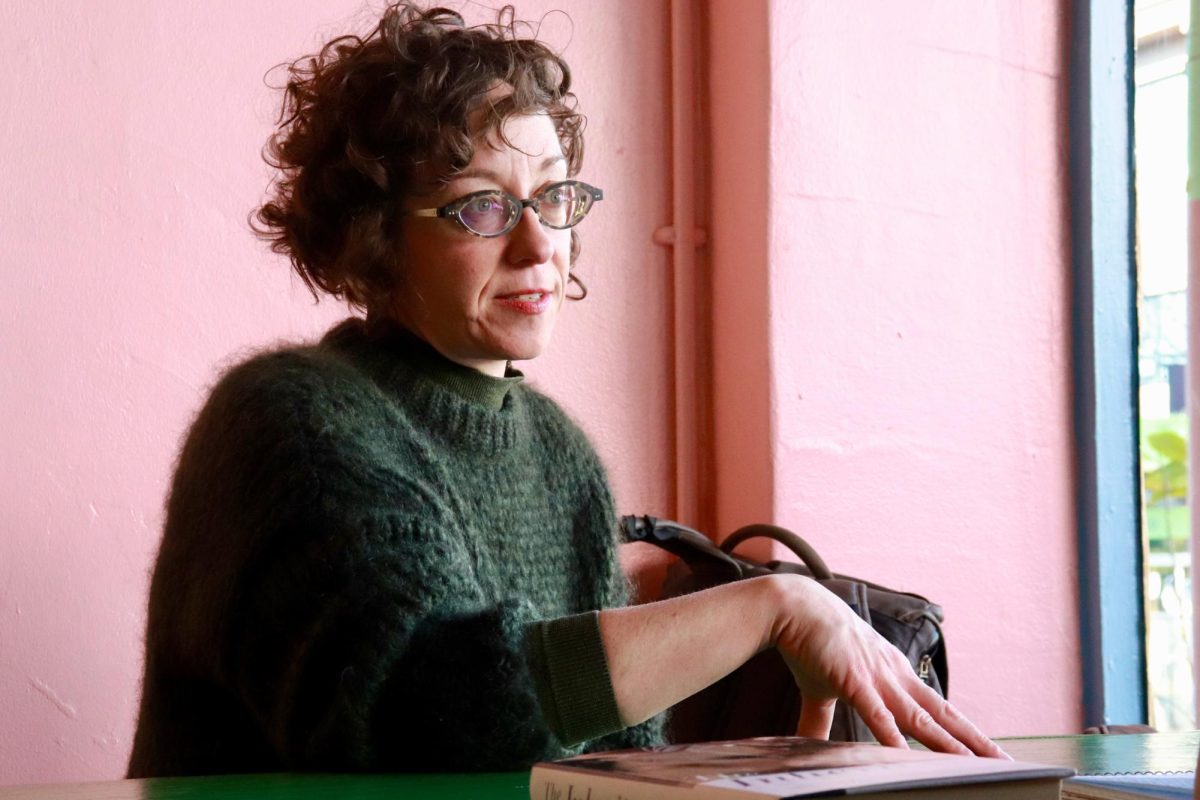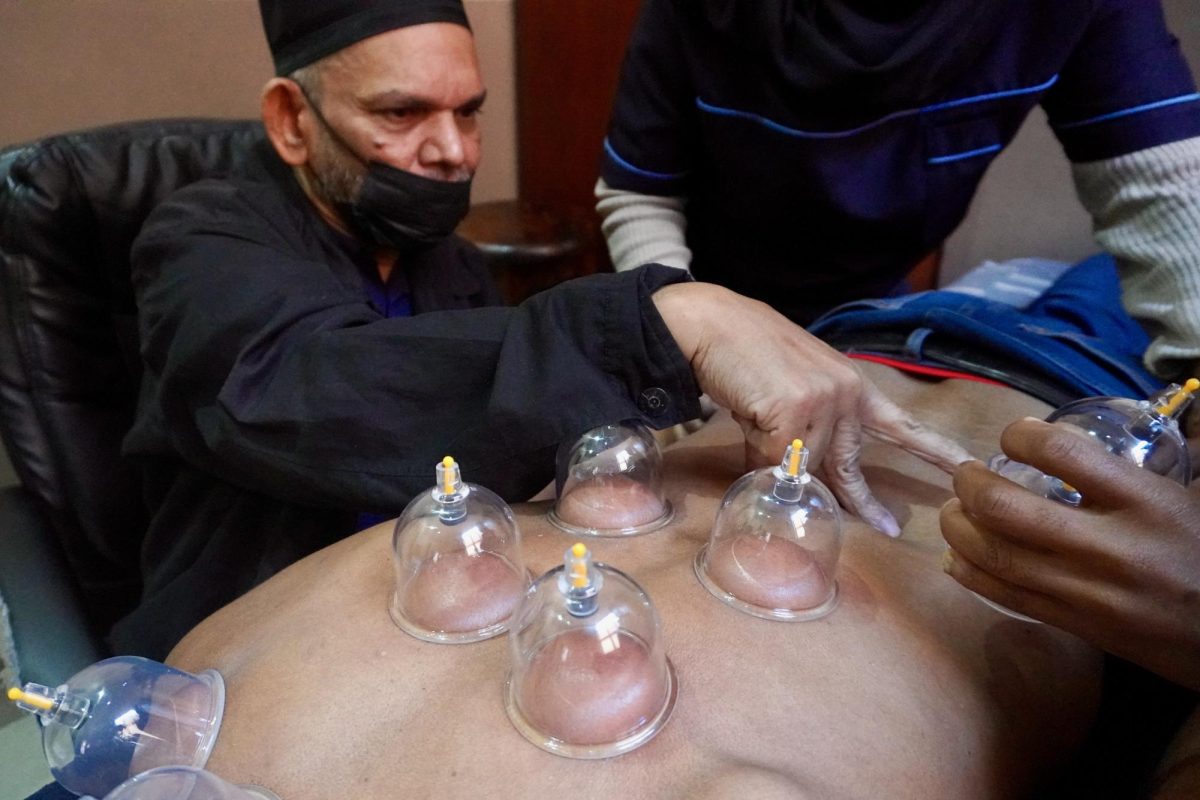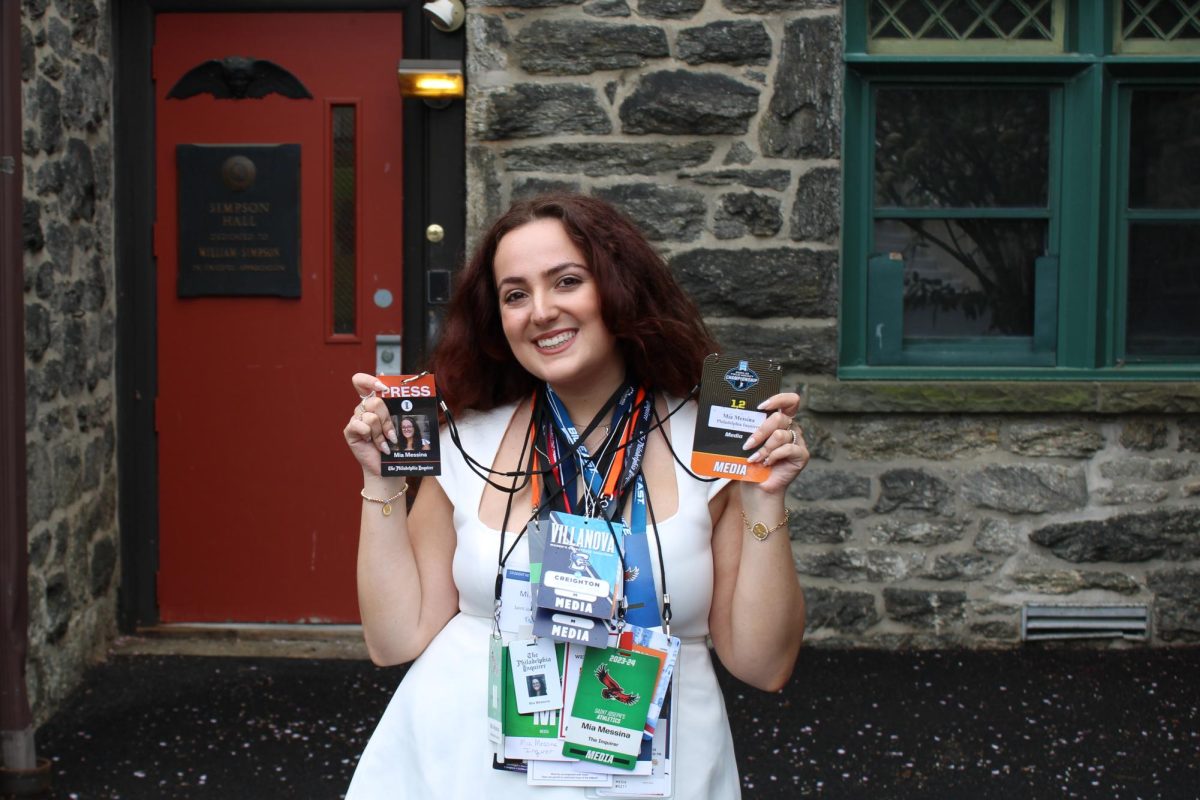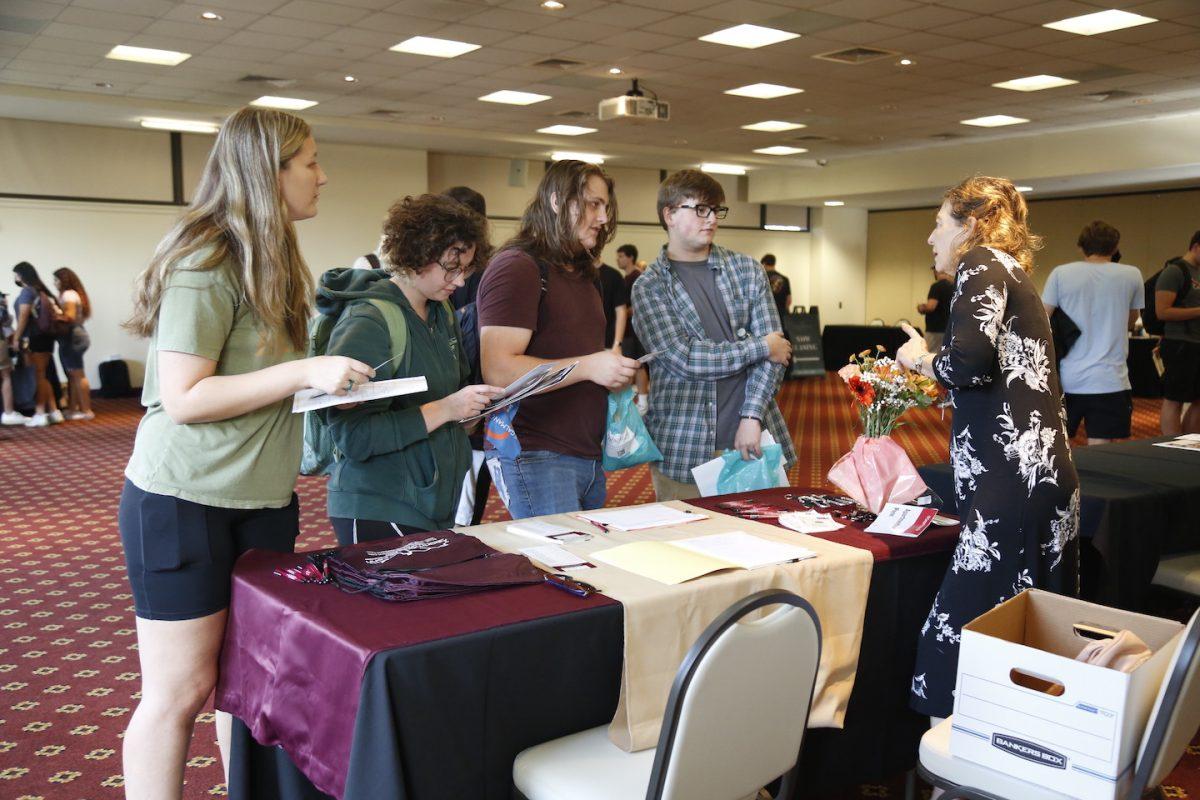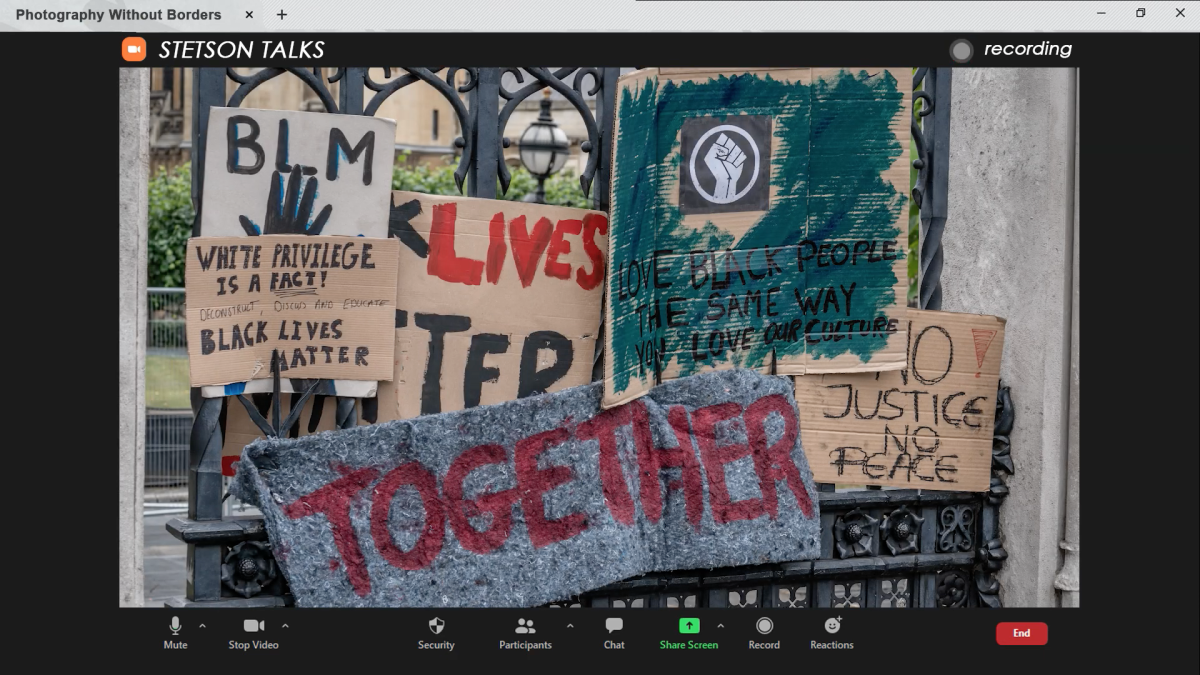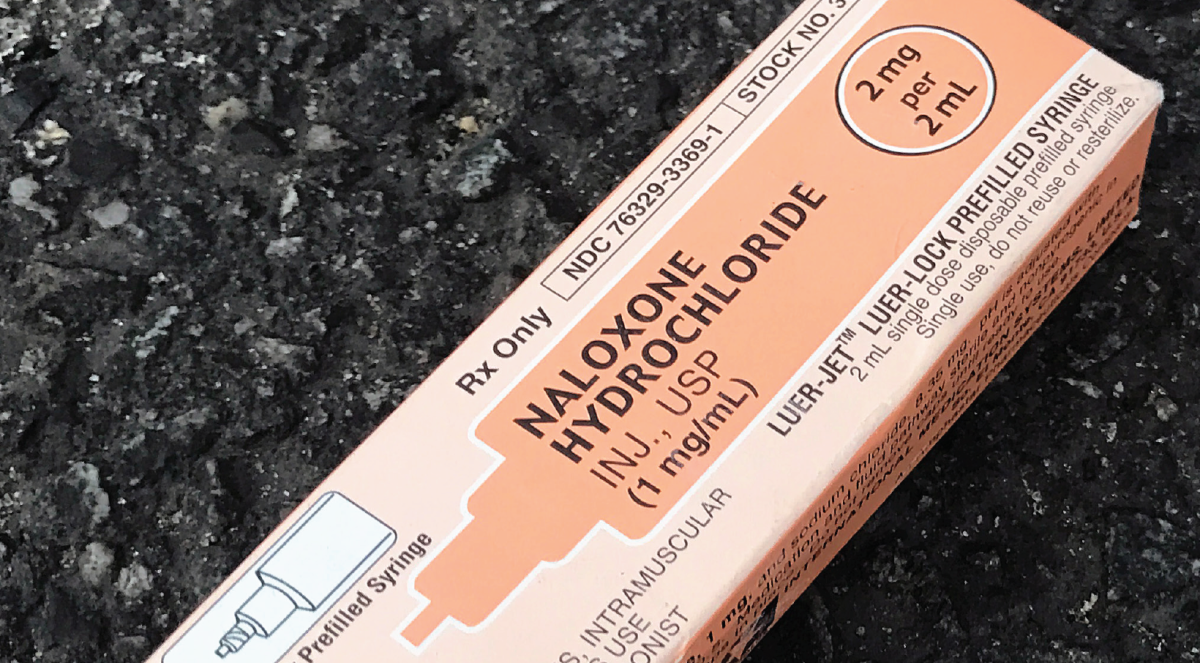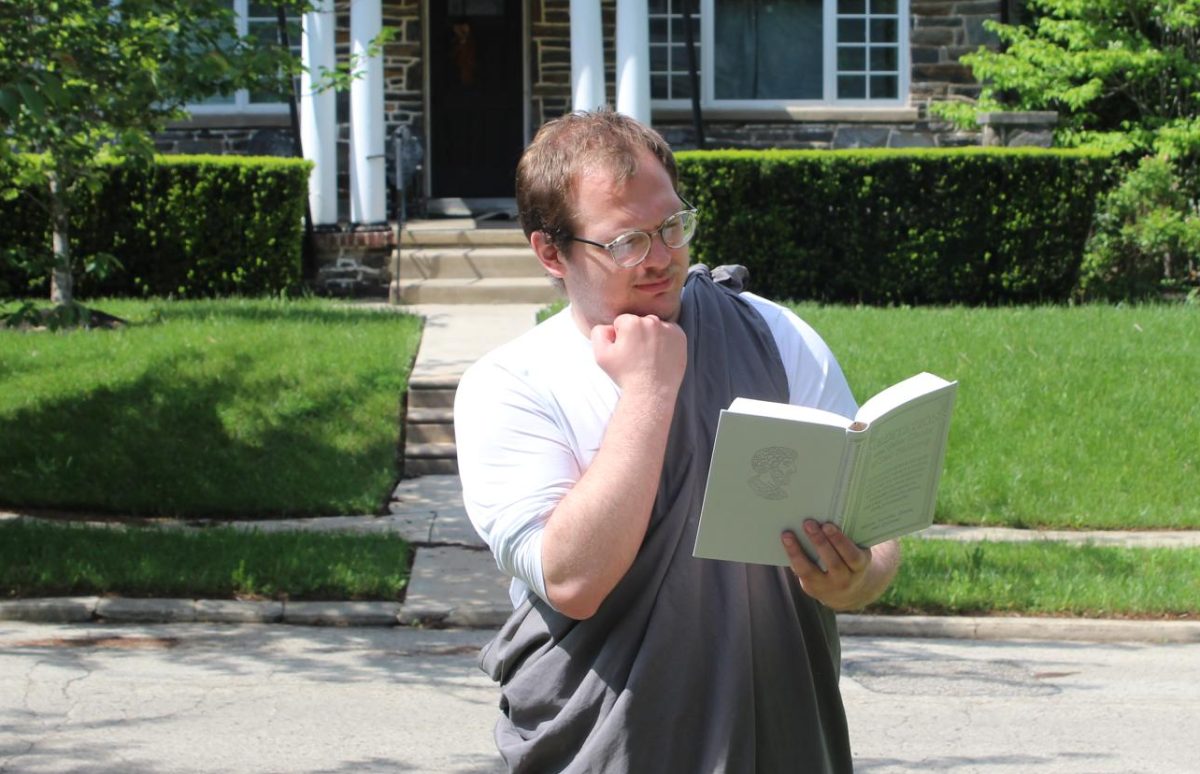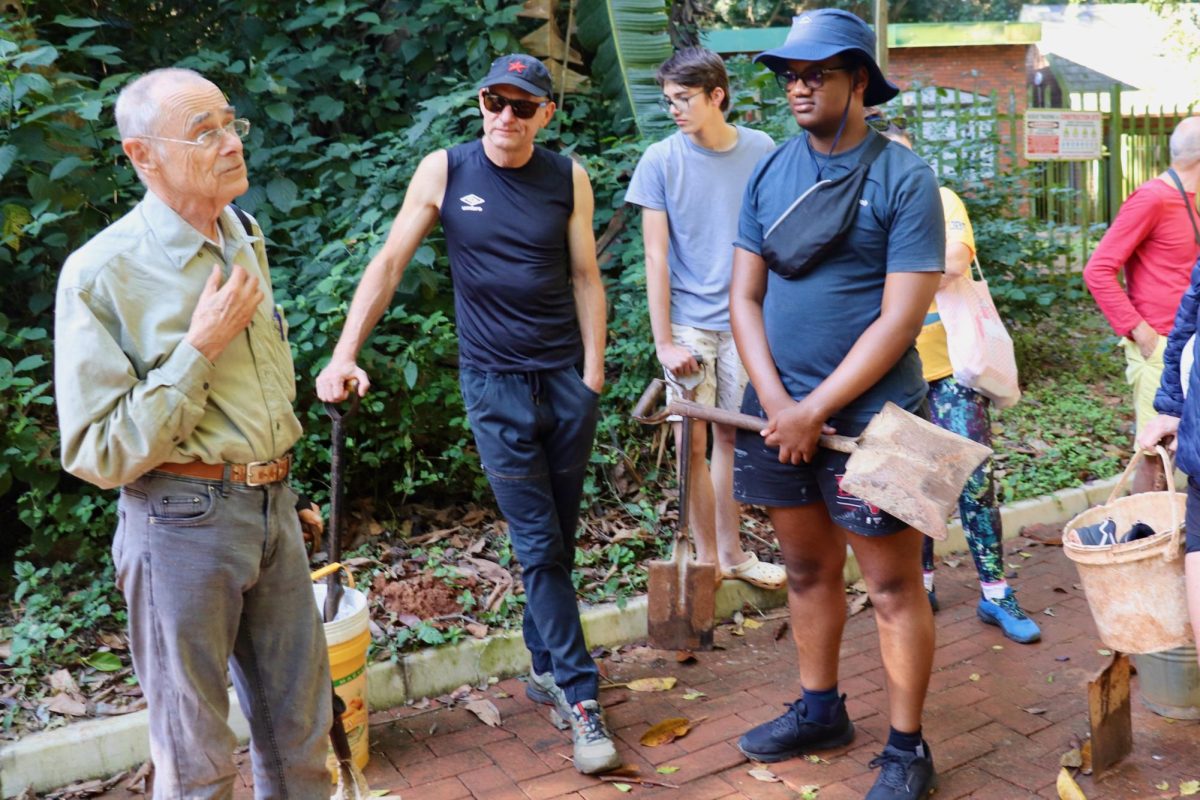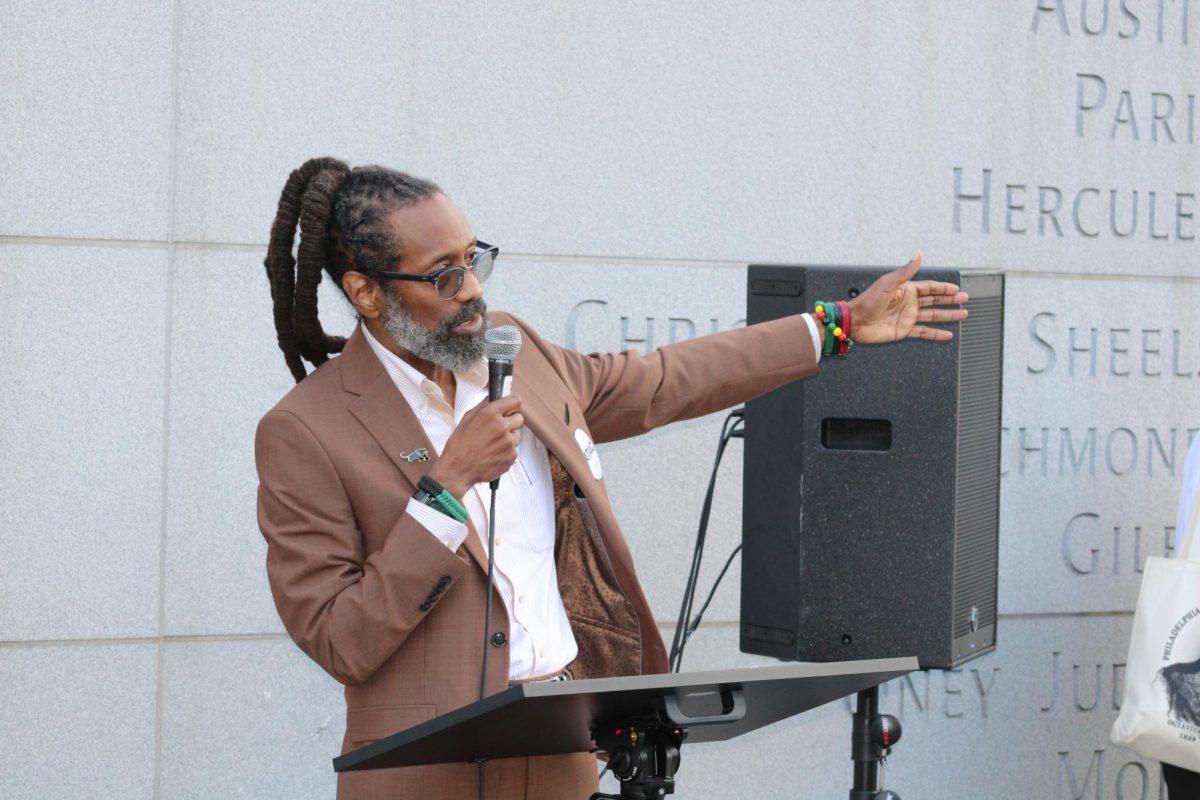DURBAN, South Africa – On a chilly winter’s day in mid-June, a dozen volunteers gathered inside the entrance to the Pigeon Valley Nature Reserve, clad in rubber boots and garden gloves and carrying buckets and shovels.
They had been summoned for the June 21 clean-up by Crispin Hemson, director of Friends of Pigeon Valley, a community group dedicated to maintaining the environmental well-being of the reserve that hosts monthly work days. They were clearing a concrete basin filled with red silt, which had accumulated in the basin from runoff after drenching rains. They used their spades to shovel the heavy wet silt into buckets, then slung those buckets out of the basin, where other volunteers carried them off to dump.
In his other life, Hemson is an academic, currently interim CEO of the University of KwaZulu-Natal Extended Learning. For 14 years prior to that, he served as director of the International Centre of Nonviolence. But here at Pigeon Valley, located in the Glenwood suburb of Durban, he is cleanup coordinator, nature enthusiast and something of a legend.
“Some people think I own it, which is really funny,” said Hemson. “I say you can come in any time you like.”
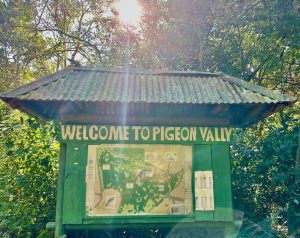
The Pigeon Valley Nature Reserve, which spans over 10 hectares (about 24 acres), is a designated National Heritage Park in the middle of a residential suburb. Open seven days a week and free to enter, the reserve is all that is left of the Stella Bush, the subtropical coast forest that occupied the area before it was destroyed by urban expansion in the first half of the twentieth century.
“It’s a fabulous green lung,” said Fiona Mackay, a marine biologist who volunteers frequently at the reserve and was there to help clear the basin. “It’s a space where we can look into the past. This is our buffer from just a big gray jungle. We get to have a little green jungle in the gray jungle.”
As signs at the entrance tell visitors, Pigeon Valley is home to a variety of rare and endangered birds, including the spotted ground thrush, making it a favorite among birders. Hemson said about 80 species have been recorded living in the reserve, with up to 140 or so being spotted at some point. There are also at least 112 species of indigenous trees in the reserve, Hemson said. That includes rare Natal elm trees.
“Outside this little reserve in South Africa, there may be 10 individual trees of those,” Hemson said.
Some of those rare birds and trees are documented by @pigeonvalleykzn on Instagram, an account run by David Gaylard, a first-time volunteer at the June cleanup.
“I try to, with my images, show people the absolute beauty that exists here and to give the place a sense of value,” Gaylard said. “This is the last of this virgin natural forest of this area, the very last piece. If this is trashed, developed or polluted by alien species too much, then we lose it forever.”
One threat to Pigeon Valley right now is rain. The reserve was damaged by historic and catastrophic floods in April 2022, Hemson said. It has been a wet fall and winter again in Durban, exceeding the average annual rainfall within the first four months of 2025. Those rains have pushed silt down the hills in Pigeon Valley, causing severe damage to the infrastructure of the reserve, including the stormwater drainage system. The water dumped tons of red, muddy silt in concrete retention areas. Brick pathways have also crumbled.
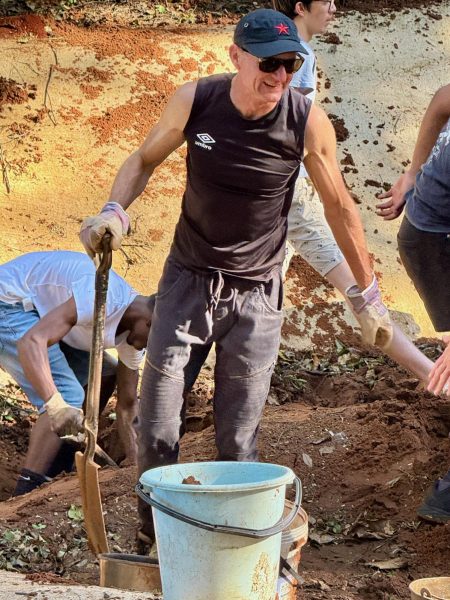
The silt is stopping the retention basin “from doing what it should be doing, which would be letting water accumulate here to slow down the passage a bit,” Hemson explained. “We don’t want all of the soil just washed into the sea from here because if there’s erosion here, we need to replace where it has come from. That’s why we’re doing this.”
For Gaylard, the reserve serves as a “blueprint” or “benchmark” for helping to repair the planet.
“I think that we’re going to suddenly wake up as species and realize how wrong we got it for so long, and places like this will suddenly have immense value. So, it’s an asset of massive value to our planet and us as humans,” Gaylard said.
Cleaning up the reserve is one way many of the volunteers hope to protect it. Fifteen-year-old Helena Hattingh, once a frequent visitor of the park, now mostly comes to cleanups in the reserve with her mom, Cathy Geils.
“I used to come here a lot for walks, a bit less and less as these sorts of problems took away that from me, but I’m hoping to come more in the future,” Hattingh said.
Seventeen-year-old Zipho Mdlalose already frequently volunteers in the community, primarily helping to feed people experiencing homelessness. But he was assisting at Pigeon Valley because he said that is a crucial part of being in a community, too.
“I think it’s important to just help your community in general because you’re living in it,” Mdlalose said. “You don’t want to live in a crappy community or a crappy city. If government officials ain’t going to do it, you got to do it.”
The community, including both people and nature, was the driving motivation for many of the volunteers at Pigeon Valley.
“I am hoping that if we get it to its full potential, people will see the value to all sorts of other things and that we can get some more of these little green areas popping up,” Mackay said. “They’re all stepping stones for us that become connected in some way.”
